The Alchemy of Walter White: the Esoteric Transformation of Breaking Bad's Heisenberg [I]
"Gliding o'er all, through all, Through Nature, Time, and Space, As a ship on the waters advancing, The voyage of the soul—not life alone, Death, many deaths I'll sing."

When Walter White steps into the desert for the first time, it’s not just to cook meth.
It’s a step away from the mundane into the unknown—a crossing into a world of transmutation, power, and loss.
Breaking Bad isn’t simply the story of a man gone bad…
It’s a modern alchemical journey, a descent into the underworld of self that echoes our oldest myths. Walt’s transformation, his steady plunge from Mr. White to Heisenberg, follows an ancient process of self-creation, a rebirth that speaks of forbidden knowledge and dark magic.
Here, in the New Mexico desert, Walt undergoes a modern magnum opus, a Great Work that mirrors alchemy’s promises—and its curses.
In ancient alchemy, there are three major stages of transformation: the nigredo (blackening), albedo (whitening), and rubedo (reddening), each tied to the death and rebirth of the Self.
These stages guide Walt’s journey as he slowly sheds his former life and allows the identity of Heisenberg to consume him. In the beginning, Walt is entrenched in the nigredo stage, blackened by entropy and stasis.
Diagnosed with cancer, he’s already a dead man walking, a teacher reduced to working part-time scrubbing down cars at a carwash for extra cash.
In this state, Walt is the ultimate symbol of decay and lost potential—a life spent quietly suffocating under the weight of unfulfilled dreams.
His cancer diagnosis becomes his dark catalyst, the moment where death becomes his teacher and suffering his guide.
Walt’s rage, once buried, begins to burn.
And Heisenberg, that sinister whisper from the depths, starts to take shape.
The white phase, albedo, follows—a cleansing, a peeling back of layers.
Walt lets go of the docile family man, stripping himself down to a colder, purer self. Like an alchemist washing away impurities, he discards his former values, embracing the stark logic of Heisenberg and Heisenberg alone.
Heisenberg is a purified persona, sharper and more ruthless, unburdened by guilt or hesitation.
Through Heisenberg, Walt finds a raw power that shocks him but also exhilarates him. The man who once taught chemistry with dull resignation now becomes a creator of something pure, a “blue” meth as flawless as his newfound resolve.
It’s his Philosopher’s Stone—his magnum opus.
The final stage, rubedo, is the blood-red climax, the point of no return where the transmutation is complete, and a new self emerges.









For Walt, this phase is the height of his power but also the harbinger of his inevitable fall. He’s become a modern-day Faust, trading his soul not for forbidden knowledge, but for power, money, and a twisted legacy.
It’s apt, then, that his initials, WW, echo the 33rd degree symbol from a different perspective, a parallel to the Freemasonic highest degree of hidden knowledge and self-mastery.
But this mastery for Walt comes with a price…one he pays through the complete annihilation of his soul in exchange for a godhood built on fear, blood, and betrayal.
And then, there’s the desert—that vast, unforgiving wasteland that throughout the course of the show strips Walt of every human connection, every moral hesitation.
The desert becomes his crucible, a timeless space for ritual and sacrifice, where the veils of civilization fall away.

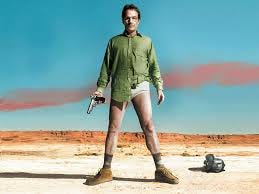

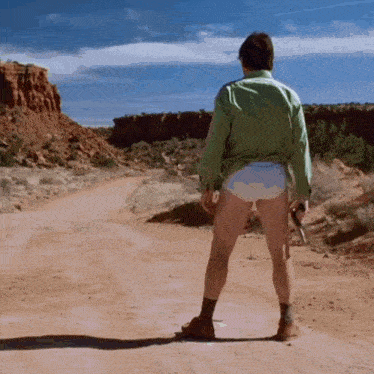




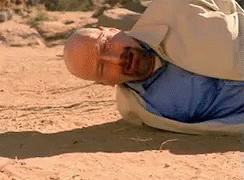
The desert has long been a place of initiation, where prophets and mystics encounter their shadows, a landscape that mirrors an internal void.
For Walt, it is both his sanctuary and his battleground, a place where he sheds Walter White and emerges as Heisenberg, purified by fire, tempered in violence.
The desert is his athanor, the alchemist’s furnace that melts away all impurities and leaves only that which is essential.
Each batch he cooks in this barren expanse is a testament to his transformation, a manifestation of his power, a creation he controls and commands.
In the end, there’s a haunting sense that Heisenberg was always there, hidden beneath Walt’s polite smiles and weary sighs. Like Walt Whitman’s “Song of Myself,” Walter White “contains multitudes,” his identity teetering between quiet desperation and violent ambition.
Heisenberg is, in this light, not just a mere alter ego—he is a pivotal part of Walt that he once buried, only to resurrect in his final hour. And like the tragic figures of old—King Midas with his cursed touch, Faust with his pact—Walt achieves his dreams only to be undone by them.
In the end, Breaking Bad is not just about Walt’s transformation into Heisenberg.
It’s an invitation for us to confront the hidden version of ourselves lurking within, to acknowledge the parts of ourselves that crave something outside the limitations of mundane everyday life.
Walt’s story is a memento mori, a dark parable for a world obsessed with self-creation and status, where transformation often leads not to salvation… but to damnation.
So, as we stand at the edge of Walt’s journey, we have to ask ourselves: when we look into the shadows, what version of ourselves is staring back?






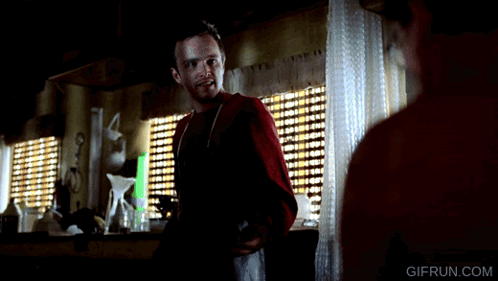

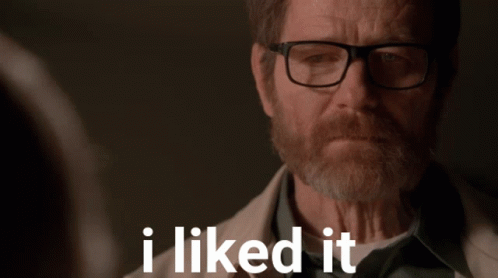
![The Alchemist’s Apprentice: The Transformation of Jesse Pinkman in Breaking Bad [II]](https://substackcdn.com/image/fetch/$s_!dO_Y!,w_1300,h_650,c_fill,f_auto,q_auto:good,fl_progressive:steep,g_auto/https%3A%2F%2Fsubstack-post-media.s3.amazonaws.com%2Fpublic%2Fimages%2F2c70cf8f-11ad-451a-be94-be24699c9162_640x360.gif)